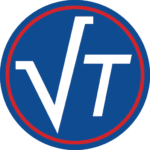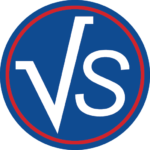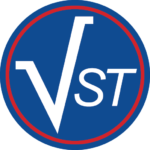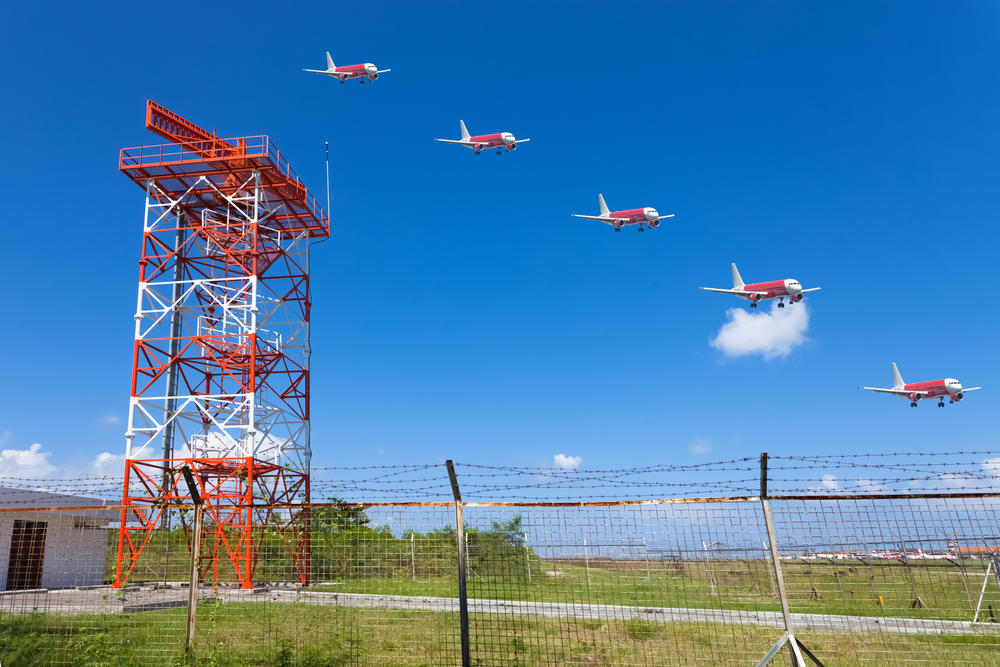RTCA/DO-78A, published in 2011 is the result of an update to DO-278. The DO-278A document addresses software for Communication, Navigation, Surveillance and Air Traffic Management systems (CNS/ATM). This includes both ground-based and satellite-based systems.
CNS/ATM systems typically integrate the management of many aircraft at the same time. As a result they will typically be comprised of many computers which are networked together, linked to databases, communications systems, displays to air traffic controllers, etc. Much of this infrastructure is built to supply information to air traffic controllers and pilots who use this information in conjunction with regular communications with aircraft and keep a general awareness of the motion of aircraft in the airspace under their control, and to keep them separated and aligned in traffic lanes.
With the increase in air traffic and improvements due to available technology, there is a move to provide additional capabilities that optimize movement of aircraft and maintain safe separation. The tendency for future systems is to link aircraft and ground-based systems communications more tightly so they can exchange information more automatically and improve the safety and efficiency of flight.
DO-278 no longer requires DO-178
DO-278A is a stand-alone document. Although it describes many activities, processes, and objectives that are in common with DO-178C, it is no longer necessary to use them side-by-side.
The Assurance Levels in DO-278A are labeled AL1 through AL6 and they are slightly different than those in DO-178C where they are labeled A through E. The mismatch in the lists is because AL 4 has no equivalent in DO-178C.






